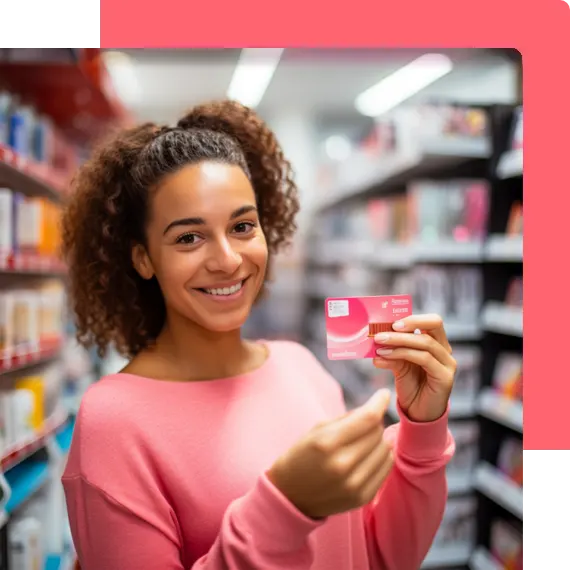Loyalty Card
Technology
Plastic loyalty cards are a staple in today's retail environment. Beyond simply providing a thoughtful way to gift money for consumers, they serve as an effective strategy for businesses to boost sales, foster loyalty, and enhance brand recognition. But what makes these small plastic cards tick? Let's explore loyalty card technology and find out how they work.

Card Technology
From traditional magstripes to state-of-the-art EMV chips and NFC capabilities, modern gift cards ensure that the shopping experience has never been easier or more secure.
Frequently Asked Questions
Here you can find the most commonly asked questions about loyalty card technolgy and the answers to them

A magnetic stripe is a strip of magnetic material on a card's reverse side, holding the card's data. When the card is swiped, a reader interprets this data. Conversely, a smart chip, contains a tiny microprocessor within the card. This chip securely retains information and necessitates the card to be inserted or "dipped" into a reader, generating a distinct code for every transaction. Compared to magstripes, Smart chips provide superior security, making them tougher to duplicate and more resilient to fraudulent activities.
Generally, QR codes and barcodes on gift cards serve mainly for swift scanning and don't possess the robust security features of magstripes or EMV chips. Although they can promptly convey details like the card's balance, they miss out on the encryption and distinct transaction capabilities present in advanced technologies. However, many gift cards with QR codes or barcodes incorporate extra security measures, such as PINs or CVVs, to boost security when they're redeemed.
Every card reader isn't designed to support NFC (Near Field Communication) or RFID (Radio-Frequency Identification) transactions. For the tap-and-go feature of a gift card to work, the retailer's card reader needs to be compatible with NFC or RFID. But with the growing trend of contactless payments, an increasing number of retailers are updating their equipment to embrace this tech. If uncertain, it's best to consult the merchant or spot the contactless icon on their card reader.



